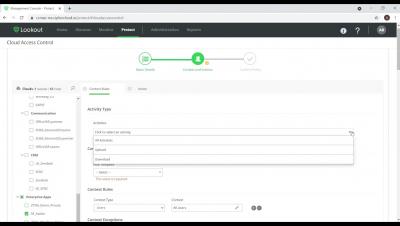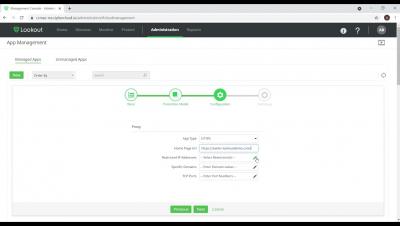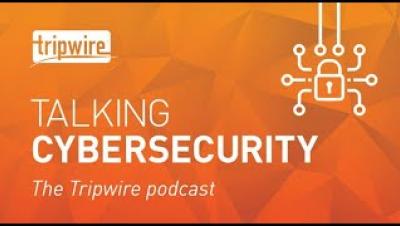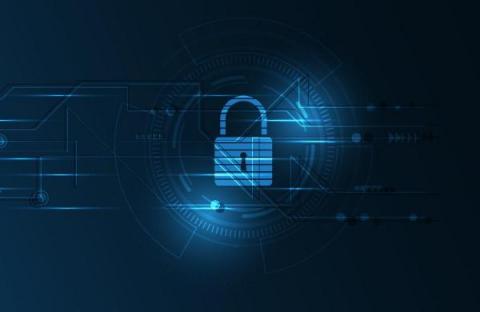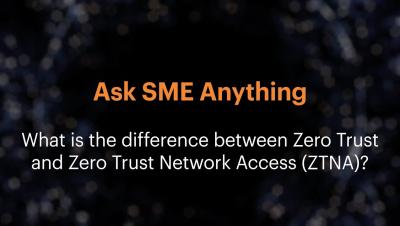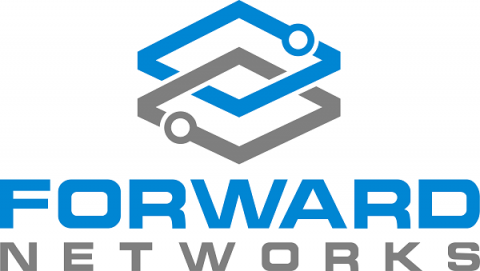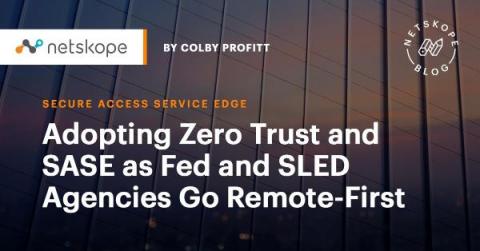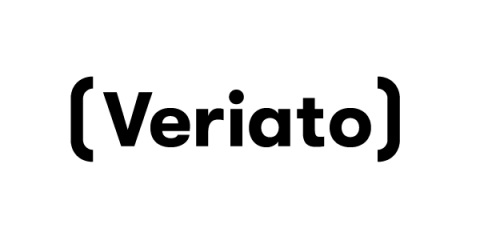Security | Threat Detection | Cyberattacks | DevSecOps | Compliance
October 2021
Lookout ZTNA - Intro to onboarding an application, securing access and protecting sensitive data.
No Integrity, No Trust. The Foundation of Zero Trust Architecture | Ep 26
Why Adopting Zero Trust Security Is Necessary For DevSecOps
There’s a shift in the world of DevOps. It is no longer enough to create applications and just launch them into the cloud. In a world where entire businesses can exist online, securing your digital assets is as important as creating them. This is where DevSecOps comes in. It is the natural progression of DevOps — with security being a focus as much as the process of creating and launching applications.
Ask SME Anything: What's the difference between Zero Trust and ZTNA?
Securing the edge with Zero Trust
The proliferation of cloud computing, mobile device use, and the Internet of Things has dissolved traditional network boundaries. Today, the network perimeter has evolved as workloads have moved to the cloud while non-managed, mobile devices have become the norm rather than the exception. The location of applications, users, and their devices are no longer static. Data is no longer confined to the corporate data center.
Explorer Walkthrough Quick Tour (Part 1)
Risk-Based Authentication to Adopt Zero-Trust Security in Your Organization
New Survey Reveals Misalignment on Zero Trust Initiatives Between Management, IT, and Security Practitioners
Adopting Zero Trust and SASE as Fed and SLED Agencies Go Remote-First
The global pandemic further accelerated a trend toward remote work that was already underway, even in federal, state, and local agencies that previously resisted it. But as agencies continue to offer telework options to employees, they must also rethink their security stack to better mitigate the cybersecurity risks that remote work catalyzes. Traditional, perimeter-based approaches to security will no longer work in a cloud-first environment where data can, and is, accessed from just about anywhere.
Cybersecurity in Higher Education: Understanding the Threats & Adopting A Zero Trust Approach
While there’s no real way to prevent them all, understanding vulnerabilities, common types of cyberattacks and how to prevent them can help college and university leaders prioritize their security strategies to help keep institutional data and students safe.


